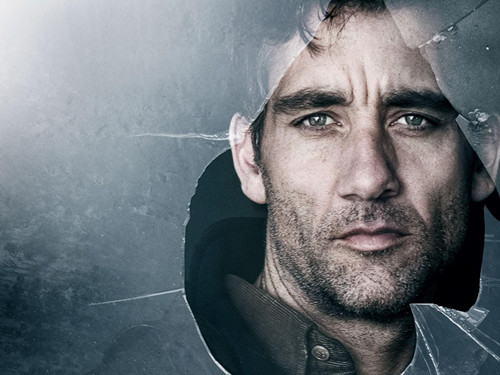
A great scene can do a lot for a movie. Even if the film itself is relatively unimpressive, a standout scene of great action, emotional drama or visual wonder can ensure that you never forget about that movie.
The 2000s brought with them an age of franchises, sequels and remakes, but if you thought there was nothing worth watching, then you were clearly looking in the wrong place.
Throughout the decade, filmmakers used their new technology to craft scenes of impeccable craftsmanship and push the boundaries of filmmaking. Meanwhile, other directors and auteurs went in the opposite direction, homing old techniques and skills to put something that audiences had never seen before and a few special filmmakers even blended the two together.
Whether it be through a vital revelation, massive spectacle or just the beauty of a quiet detail, each scene here offered a unique and provocative input to the art of filmmaking.
25. Hip to be Square in American Psycho
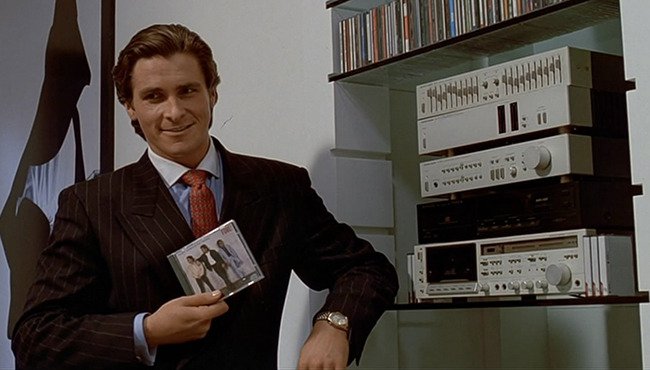
One of the most darkly comical, strangely satirical and psychologically twisted films in recent memory, it’s hard to forget anything from Mary Harron’s adaptation of Bret Easton Ellis’ novel of the same name.
The now cult favourite American Psycho has many memorable moments and don’t get us wrong, we love the business car exchange and its ambiguous ending, however what still leaves an impact and still makes us wince and laugh simultaneously is Patrick Bateman’s legendary monologue explaining just why he loves Huey Lewis and the news.
Patrick Bateman is a businessman who in his spare time may or may not enjoy killing people in the most brutal of fashions. Following an enraging confrontation with his co-worker Paul Allen during which he flaunted the superiority of his business card over Bateman’s, he decides to lure Allen back to his apartment and quietly gives him a lecture on the brilliance of Hip to Be Square and quietly suggests that maybe Allen should not be so arrogant with his business card, by horrifically murdering him with an axe.
Just watching Christian Bale chew the scenery to pieces throughout this scene is amazing, from his apparently improvised dance moves to his sheer conviction as he recounts with such certainty why Hip to Be Square is an undisputed masterpiece. You hang onto his every word, slowly believing it, that the song really is about the pleasures of conformity, the value of friendship and a personal statement on the band itself. It is so captivating that you almost forget about the raincoat and axe Bateman is cradling in his arms.
When the axe does hit, there is something about the combination of that dull thud and the spray of blood right into Bateman’s face that makes the scene feel particularly brutal. As the song only continues to ramp up Bateman’s rage only climbs with it and he proceeds to hack Allen to pieces, an amazing display of brute force, sheer aggression and raw talent on behalf of one Christian Bale, and isn’t it wonderful?
24. Cousins in Coffee and Cigarettes

More of a collection of conversations strung together than a cohesive film, overall Coffee and Cigarettes can be a somewhat hit or miss affair depending upon how riveting the conversation in question is. Perhaps the highpoint of the movie, and a highpoint of the entire decade is the conversation between Alfred Molina and Steve Coogan, humorous, subtle and oddly telling about the concept of being a celebrity and working within the movie industry.
In the scene, Molina and Coogan begin their conversation over a cup of tea, with the former fawning over the latter quite a lot, professing to be a huge fan and admirer while Coogan himself remains relatively uninterested by their meeting and makes little effort to hide this. The conversation takes a turn when Molina first pulls out a genealogy chart that proves he and Coogan are related, then uses that to suggest a closer relationship, that they may in fact be cousins.
As Coogan hastily tries to distance himself from Molina, the power balance shifts drastically once again when Molina is good friends with Spike Jonze.
Though the direction seems fairly straightforward, it’s within the writing that Jim Jarmusch demonstrates his talents as it’s not only the clever structure of the conversation and the continual shift in power but also the attention to detail concerning each celebrity and that’s only further aided by the actors conviction and use of subtle mannerisms to create a sense of truthfulness to the scene.
As a result you believe this is a real conversation between two real life people and therefore the messages about celebrity shallowness are even more relevant.
23. Bathroom Visit in Offside
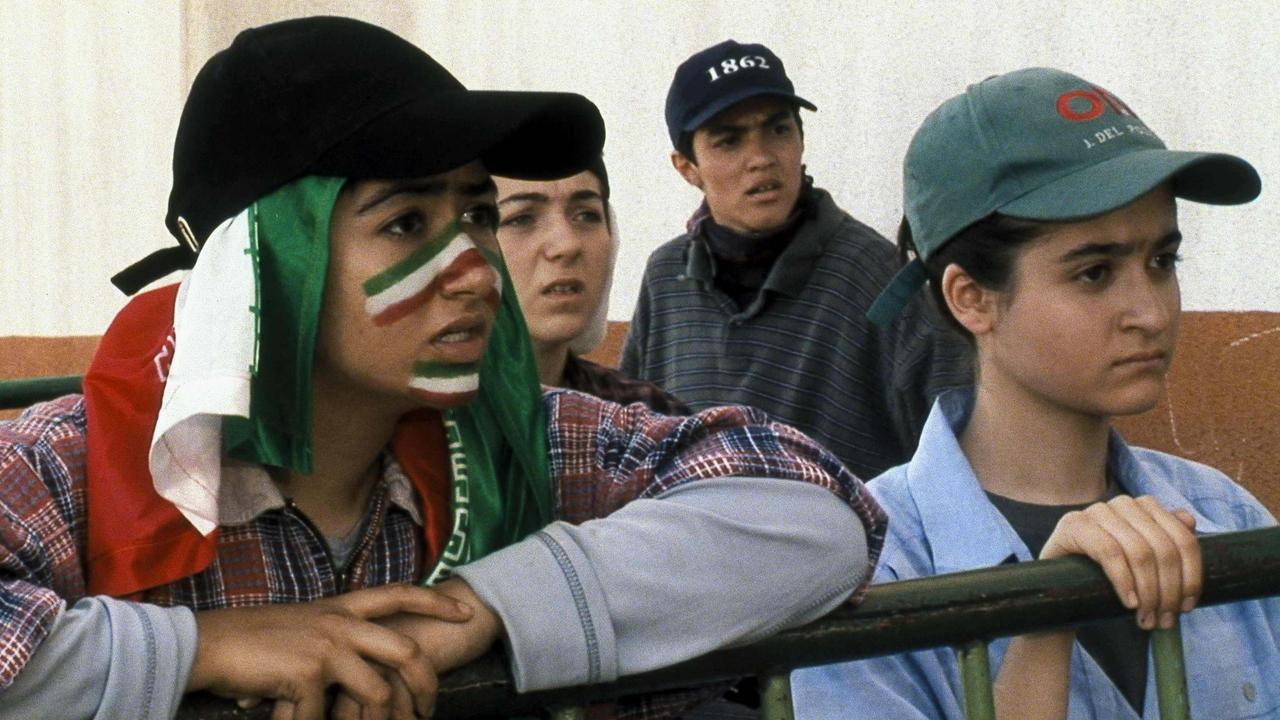
Jafar Panahi has made a career out of turning the tumultuous social climate and issues within his home nation of Iran. Though his films have often been banned within his own country, they have earned mass international acclaim for their ability to convey their humanistic perspective on life in Iran, often focusing on the hardships of children, the impoverished, and women. This chosen scene manages to package all of that into an entertaining, provocative and excellently crafted sequence, it’s as aggressive as it is satirical.
The film is about girls who try to watch a World Cup qualifying match but are forbidden by law because of their gender. Female fans are not allowed to enter football stadiums in Iran on the grounds and there will be a high risk of violence or verbal abuse against them. The female supporters try and fail to disguise their gender to enter the match and a majority of the film takes place in the holding pen in which they are kept.
At one point, a guard escorts one of the women to the lavatory, struggling to clear the way and evict all the males from the bathroom, while also checking for any secret homosexual activity and at the same time trying to prevent the woman from reading any of the graffiti on the wall. She makes a break for it and tries to escape and we briefly glimpse the energy and excitement of the game itself. It’s a tense and thrilling but also oddly socially relevant scene, one that satirises the rules being imposed as efficiently as it eviscerates them.
22. The Grey Fight in Hero
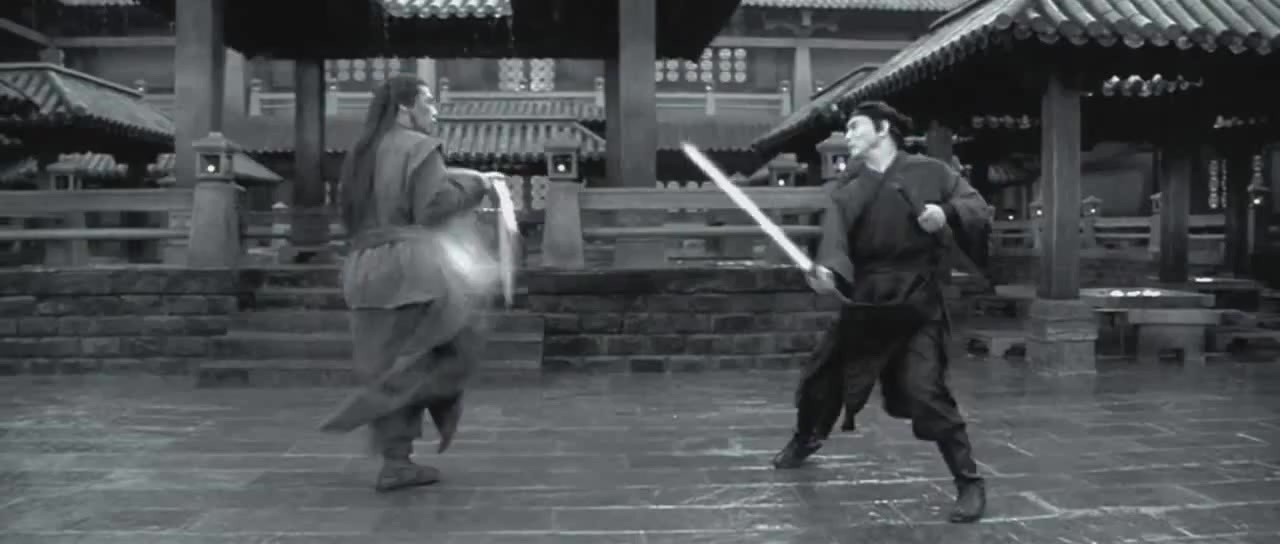
At the time of its release in 2002, Hero was the most expensive film ever to come out of the Hong Kong film industry. The film is based on the story of Jing Ke’s assassination attempt on the King of Qin in 227 BC and then tells that story from three different perspectives in an homage to Rashomon with each perspective as a different colour. Featuring a beautiful aesthetic in almost every scene, each one is a marvel to behold, however our favourite is the sensational grey fight.
It’s an incredible display of weapon work punctuated by the simple plucking of an instrument as two opponents battle one another not physically but within their own minds. They calculate each other’s moods, rhythms and fighting style in an effort to gain the upper hand through meditation. Under the direction of Zhang Yimou, the fight is almost too fast for your eyes to keep up, but his use of framing and the variation of shots allow the audience to follow every move pitch perfectly.
Not only is the fight excellently staged but it’s well scripted, going back and forth as each fighter has at least one turn in gaining the upper hand. It briefly deceives the audience into thinking that their nameless protagonist might not come out on top. Now even though it would only take a second thought to remember that the star of the film is Jet Li and therefore Li is unlikely to die the movement is so fast that you don’t really have time to think like that, being completely swept up in the moment.
21. Reality vs Expectations in 500 Days of Summer
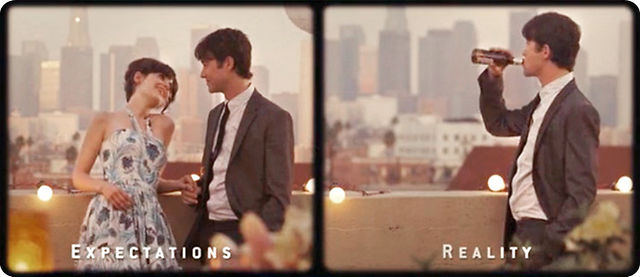
It is a delight when a film is so much cleverer than it has any right to be. 500 Days of Summer is that kind of movie, what could have been presented as a sappy and predictable romantic comedy turned into one of pure wit and intelligence that was not only brimming with emotion but also used the medium of film to its fullest and most unique potential, which is something too few movies are doing in general now, let alone from this genre.
Chronicling Joseph Gordon Levitt’s memories of a failed relationship through a nonlinear narrative, perhaps the most ingenious moment of the entire film comes from a scene after their break up in which our protagonist briefly holds hopes of rekindling that relationship with the titular Summer when then meet again at a party. However, the reality does not meet his expectations and we know this through the most basic method of storytelling, show don’t tell, as two scenes are played side by side, one depicting expectations and the other depicting reality.
Not only does this utilize the unique potential of cinema, but the two scenes are cut together expertly so that it never feels as if the events are being spelled out for us, but at the same time there is enough coordination so that we are aware of what is going on and can draw these parallels for ourselves.
From simple gestures and tone of voice to the more obvious differences like the absense of a person or different seating arrangement. Then for the final punch to the gut, the expectations scene is slowly pushed to the side as it becomes more apparent that reality is a far distance away from it.
20. Jukebox Sequence in Y Tu Mama Tambien
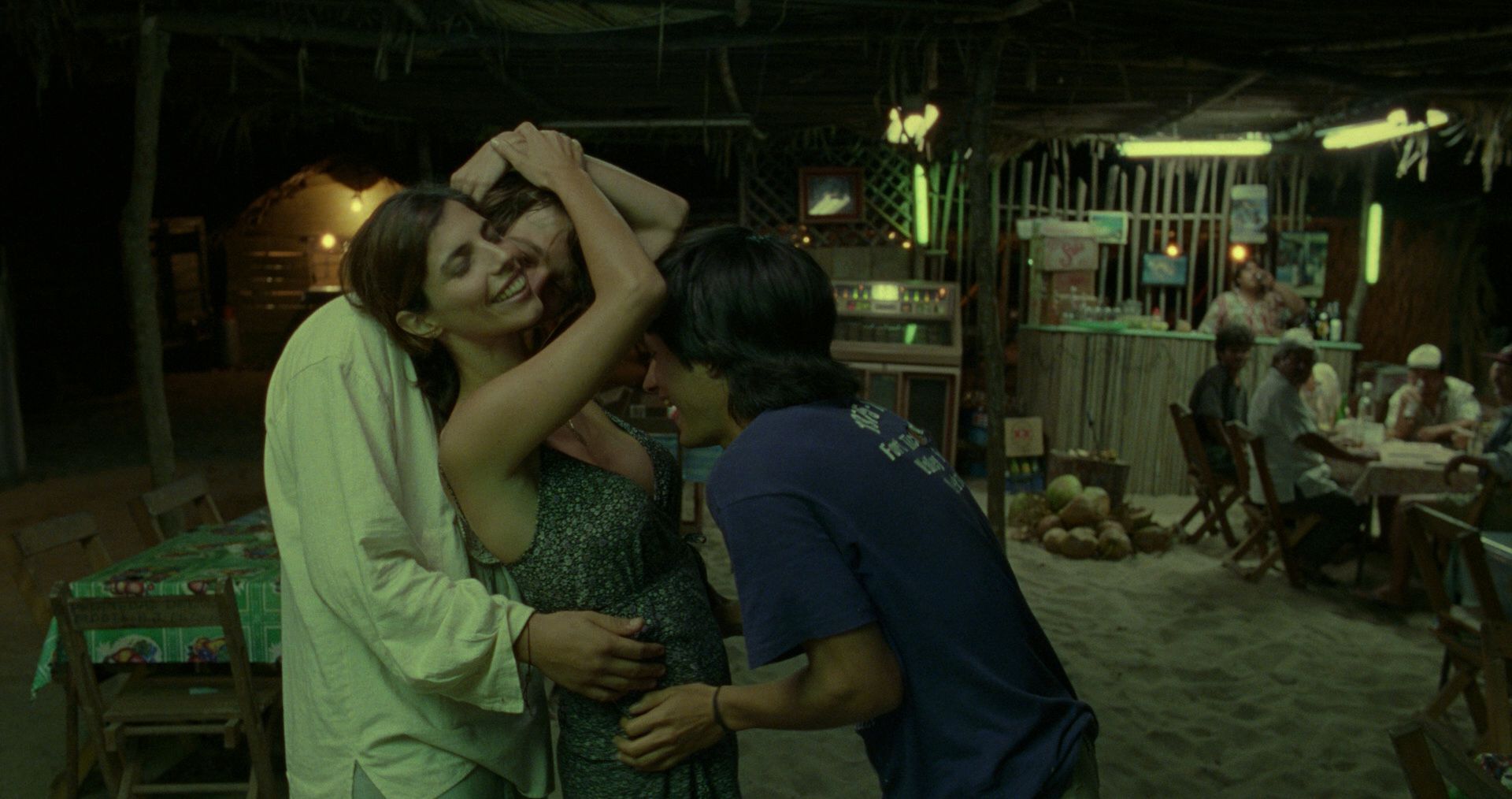
Though more recently he has become a leading figure on cinematic science fiction with Children of Men and Gravity, in 2001 Alfonso Cuaron’s body of work was rooted solely within dramas such as his coming of age tale Y Tu Mama Tambien. The film is about two teenage boys who take a road trip with a woman in her late twenties Luisa, a reimagining of the American road movie to display Mexico’s culture, landscape and people.
On route, the three arrive at a bar and begin drinking and dancing together. It’s a deceptively simple scene, one of seduction, power dynamics and high energy.
The short conversation proceeding it reveals new revelations about each character and their relation to one another, but rather than linger on that the emphasis of the film goes to Luisa as she walks over to a jukebox and then slowly dances her way back to the two teenagers. The fact that it’s all in one glorious unbroken long take only makes the scene more intimate.
19. Audition in Mullholland Drive
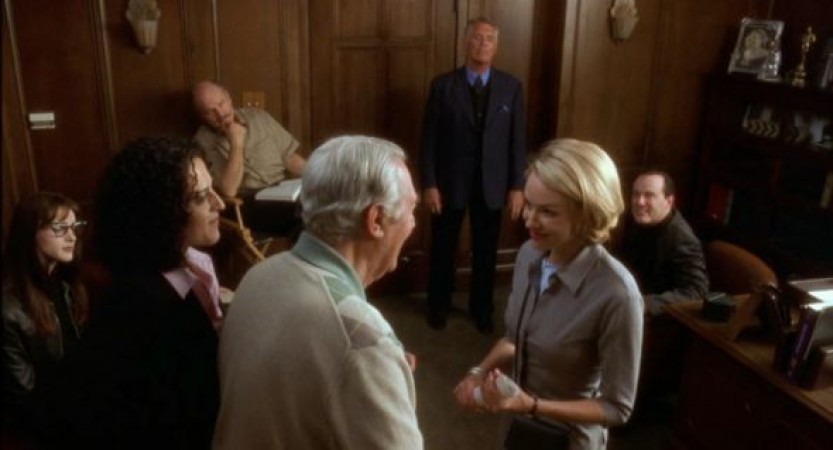
David Lynch has essentially made a career out of playing with the audience’s expectations and nowhere is that more obvious than his surrealist masterpiece. It chronicles the story of an aspiring actress named Betty Elms (Watts), newly arrived in Los Angeles, California, who meets and befriends an amnesic woman (Harring) hiding in an apartment that belongs to Betty’s aunt.
At some point, Betty has an audition that we’ve already seen a preview of during a read through with Betty, the lines are melodramatic, over the top and don’t suggest anything remarkable.
This lends itself to how Lynch has manipulated our expectations until this point, everything we know about Betty from her own talent to her state of mind leaves us in a state of anticipation, partly due to our fear of Betty either failing or her innocence being exploited as well as how invested we are within her story.
As a result of these expectations, what happens is absolutely unforgettable when Betty’s performance defies our expectations we are left breathless. The scene acts as a masterclass of how to manipulate and surprise your audience without patronising or insulting them. It’s a genuine shock that feels both satisfying and unexpected.
18. Just in Time in Before Sunset

Richard Linklater’s ability to craft such deep and complex stories from seemingly simple scenarios is unparalleled in modern cinema. In his second chapter of his true masterpiece, the Before Trilogy, Before Sunset it saves its best moment until its last seconds. A moment of pure transcendent satisfaction as the wishes and desires of the audience are finally fulfilled.
The film picks up the story in Before Sunrise of Ethan Hawke and Julie Delpy who spent a passionate night together in Vienna. Their paths intersect nine years later in Paris, and the film appears to take place in real time as they spend an afternoon together. Following a torturous eighty minutes as we sit there, begging them to wake up and see what is lying right in front of them before they move on and miss the opportunity to fulfill their romance.
It finally happens in the final few minutes when Céline and Jesse arrive at her apartment. Jesse persuades her to play a waltz on her guitar. Her song is about their earlier brief encounter. Jesse puts a Nina Simone CD on the stereo system. Céline dances to the song, “Just in Time,” as Jesse watches her. Céline imitates Simone, saying, “Baby … you are gonna miss that plane.” Jesse smiles and says, “I know.”
It’s not just the fulfillment of a romance that took nine years to get to this point, but the exact wording of the scene itself is wonderful to behold. The song choice is perfect for the obvious reasons and when Celine tells Jesse he is going to miss the plane it’s less of a remark than an order, she is telling him to miss the plane, and his response is one of compliance. A perfectly realised fulfillment.